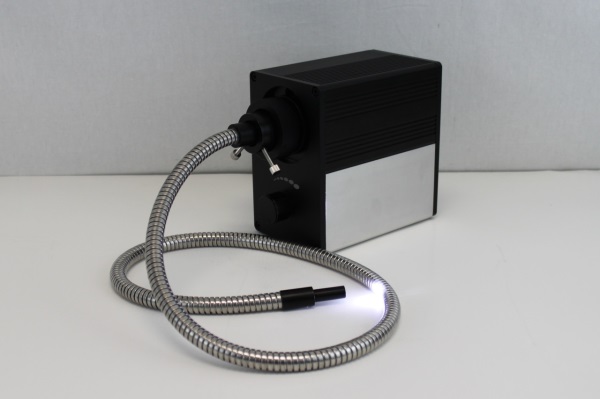|
December
2023 |
| Disruptive Technologies and Contact Angle - An Update |
|
In the ever-evolving landscape of technology, disruptive innovations continually reshape industries, challenging the status quo and propelling society into new frontiers. In the past, we've addressed a variety of disruptive technologies in this column and how contact angle, a measure of the wettability of a solid surface by a liquid, has emerged as a crucial player.1 This article explores the intricate connection between contact angle and disruptive technologies from an updated perspective, with a focus on self-driving cars, 3D printing, pharmaceuticals, and artificial intelligence. Self-Driving Cars: The automotive industry has experienced a seismic shift with the introduction of self-driving cars despite the recent slowdown in their development and deployment. Contact angle plays a pivotal role in the development of specialized coatings for sensors and cameras, critical components for autonomous vehicles. Hydrophobic coatings, designed to repel water and environmental contaminants, enhance the reliability of these sensors, ensuring optimal performance in various weather conditions. Additionally, self-driving cars use an inordinate number of computer chips which are produced in fabs where ramé-hart tools are used for QA.2 As a result, contact angle has contributed to the reliability and safety of self-driving cars, marking a significant advancement in transportation technology. Currently at least five automakers have a ramé-hart instrument in their R&D lab. Countless suppliers to the automakers employ ramé-hart instruments for both research and in QA. 3D Printing: The advent of 3D printing has revolutionized manufacturing, allowing for the creation of complex structures with unprecedented precision. Contact angle considerations are integral in the development of materials used in 3D printing processes. Surface tension and wetting properties influence the adhesion and layering of printing materials, impacting the quality and integrity of the final product. Innovations in contact angle science have thus fueled advancements in 3D printing, enabling the production of customized, intricate designs across various industries. In addition to instruments that measure wetting properties and surface tension, ramé-hart is also the world leader in custom coaxial spinnerets used in both coaxial 3D printing and coaxial bioprinting.3 Pharmaceuticals: In the pharmaceutical world, contact angle has emerged as a critical factor in drug delivery systems. The wettability of drug formulations influences their dissolution and absorption rates, affecting the efficacy of pharmaceutical products. Researchers leverage contact angle measurements to optimize drug formulations, enhancing bioavailability and ensuring precise drug delivery. This intersection of contact angle science and pharmaceuticals has paved the way for more effective and targeted medical treatments. Additionally, ramé-hart coaxial spinnerets are used in coaxial electrospinning applications to fabricate core-shell structures for drug delivery in which the medicine is encapsulated in the core material. This allows for controlled and sustained release of the drug. Artificial Intelligence: Unleashing Intelligent Potential Artificial intelligence (AI) represents a disruptive force with transformative implications across diverse sectors. In the development of AI hardware, thermal management is a critical consideration. Contact angle science aids in the design of advanced cooling systems, facilitating the dissipation of heat generated by powerful processors. In addition, massive numbers of powerful computer chips are required for AI and ramé-hart instruments, as previously mentioned in the self-driving cars section above, are used around the world to enhance chip production. These contributions have been instrumental in the evolution of AI technology, enabling the creation of more efficient and powerful computing systems. Contact angle, once
confined to the realm of surface science, has evolved into a key
enabler of disruptive technologies. As self-driving cars navigate
our roads, 3D printers craft intricate structures, pharmaceuticals
target diseases with precision, and artificial intelligence powers
intelligent systems, the influence of contact angle is undeniable.
By shaping the wettability of surfaces and materials, contact angle
has not only contributed to the development of disruptive
technologies but has also opened doors to innovative possibilities,
promising a future where advancements are not just driven by
intelligence but also by the nuanced interactions at the molecular
level. |
| LED Light Source |
|
For many years, ramé-hart instrument co. has depended on a backlighting design that delivers cool, filtered, collimated light through a fiber bundle to our illuminator assembly. This backlighting system features a specialized halogen bulb, power supply, and rheostat for regulating light intensity, proving to be highly effective over the years. In certain models, such as our current Model 90 and some retired models, we have incorporated LED lighting. While LED lighting offers notable advantages, such as reduced heat generation, lower power consumption, and longer bulb lifespan, it also introduces unique challenges, including difficulties in dimming, intricate bulb design, and achieving collimated light.
After extensive research and development, we have successfully engineered an LED light source that produces dimmable, cool, filtered, collimated light, meeting or surpassing the specifications of our existing illumination system. Apart from its power efficiency, prolonged bulb life, and comparable or superior illumination via a fiber bundle, our new LED design is compatible with global AC voltages, ranging from 96v to 265v, covering the common 110-115v and 220-240v standards used in most countries. Incorporating the IECC13 socket enables us to effortlessly provide the appropriate power cord for any country worldwide. Currently, we offer our LED Fiber Optic Light Source as an upgrade option for all new instruments Model 190 and above. Looking ahead, we plan to make this innovative LED Light Source a standard feature on all models above Model 190. |
|
Regards,
Carl Clegg |

